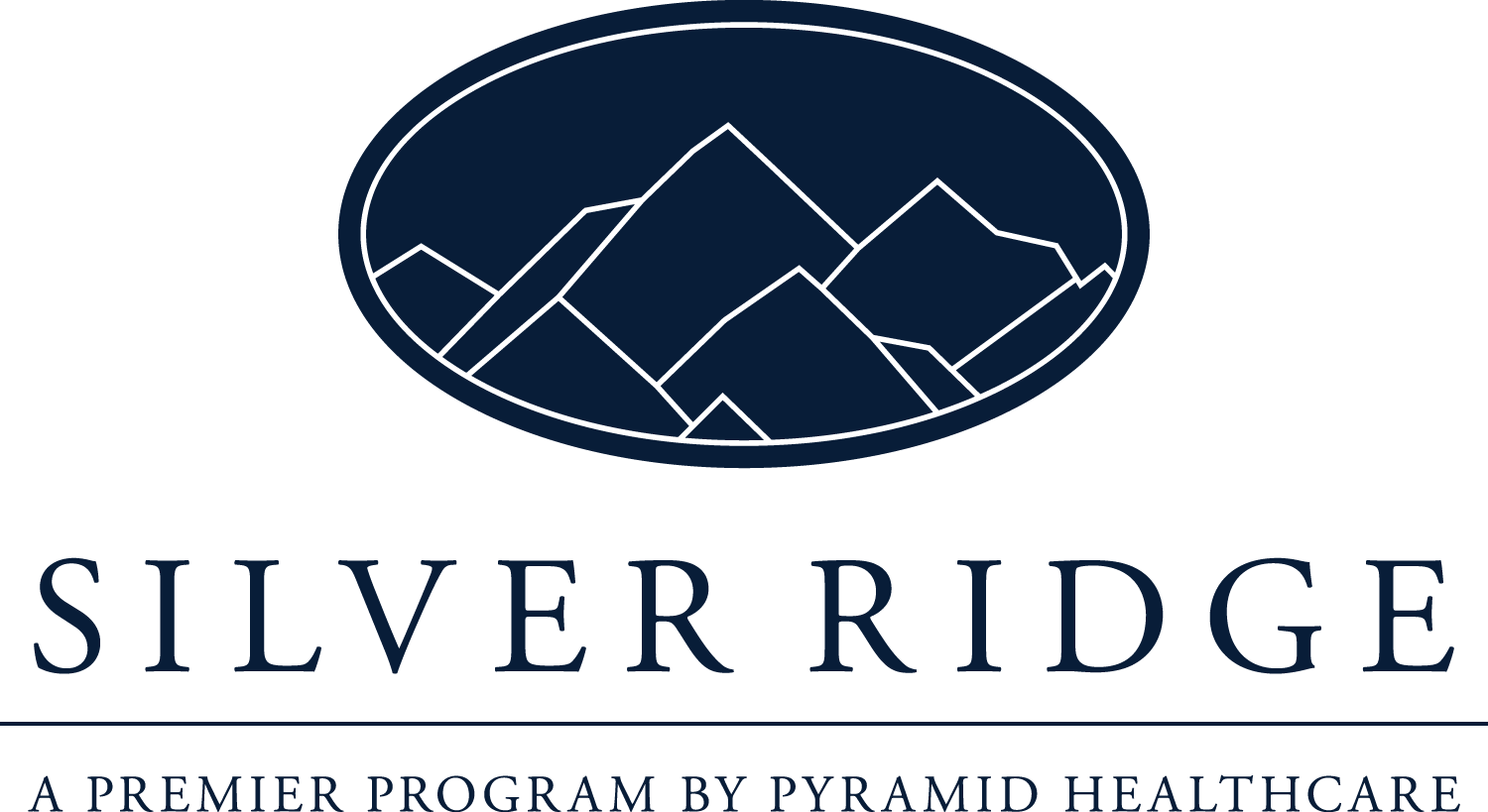
Get Help From Silver Ridge
"*" indicates required fields
Understanding Alcohol Addiction
Alcohol addiction, or alcohol use disorder (AUD), is a severe issue affecting millions of people in the U.S., including many in North Carolina. The disorder often starts with alcohol abuse, where individuals drink excessively, leading to various personal and professional problems. At Silver Ridge in Asheville, NC, we offer a holistic alcohol addiction treatment program aimed at addressing the root causes of alcohol abuse and helping clients achieve long-term sobriety.
What Is Alcohol Abuse?
Alcohol abuse is defined as excessive alcohol consumption that leads to negative consequences in various areas of life. Common issues include:
- Relationship conflicts
- Legal troubles, such as DUIs
- Job loss and financial instability
- Deteriorating mental and physical health
At Silver Ridge, we specialize in helping individuals understand these patterns of abuse and offer tailored treatment programs designed to address both the psychological and physical aspects of alcohol dependency.
How Alcohol Abuse Develops into Addiction
While many people drink socially or occasionally, repeated excessive use can lead to addiction. Alcohol interacts with the brain’s reward system, releasing dopamine and reinforcing behaviors that lead to further consumption. Over time, environmental cues such as certain places or emotional states can trigger cravings, making it difficult for individuals to stop drinking.
Alcohol Addiction as a Disease
At Silver Ridge, we view alcohol addiction as a chronic disease. Much like other chronic illnesses such as diabetes or heart disease, alcohol addiction can be managed but not cured. We adopt a disease model of addiction, focusing on long-term care and behavioral changes to prevent relapse.
Our Holistic Treatment Approach
Silver Ridge provides a comprehensive, multi-modal treatment program, offering both traditional and holistic therapies to address alcohol addiction. We aim to treat the mind, body and spirit, giving clients the tools they need to recover fully. Our program includes:
- Individual and Group Therapy: Cognitive behavioral therapy (CBT) and dialectical behavior therapy (DBT) help individuals understand and modify their thoughts and behaviors related to alcohol use.
- Family Therapy: Rebuilding relationships that may have been damaged by alcohol abuse is a critical part of the recovery process.
- Nutritional Support: Alcohol abuse can severely impact nutrition and overall health. Our on-site nutritionist works with clients to restore physical health and well-being.
- Holistic Therapies: We offer yoga, meditation and art therapy to help individuals manage stress and reconnect with themselves during recovery.
Detoxification and Medical Support
Detoxification is often the first step in treating alcohol addiction. Silver Ridge offers medically supervised detox to ensure that clients are safely guided through withdrawal. Medications such as naltrexone and acamprosate are used when necessary to help manage cravings and withdrawal symptoms.
Why Choose Silver Ridge for Alcohol Addiction Treatment?
Silver Ridge provides a supportive, serene environment in Asheville, NC, that allows individuals to focus entirely on their recovery. Our programs are designed specifically for mid-life adults, offering a safe space where clients can heal at their own pace. With a dedicated staff of licensed therapists, nutritionists and medical professionals, we provide individualized care that addresses each client’s unique needs.
Get Help for Alcohol Addiction in Asheville
If you or a loved one is struggling with alcohol addiction, don’t wait to seek help. Silver Ridge in Asheville, NC is here to provide the comprehensive support and treatment you need to reclaim your life from addiction. Contact our admissions team today at (828) 373-3187 to learn more about how we can help you achieve lasting recovery.






